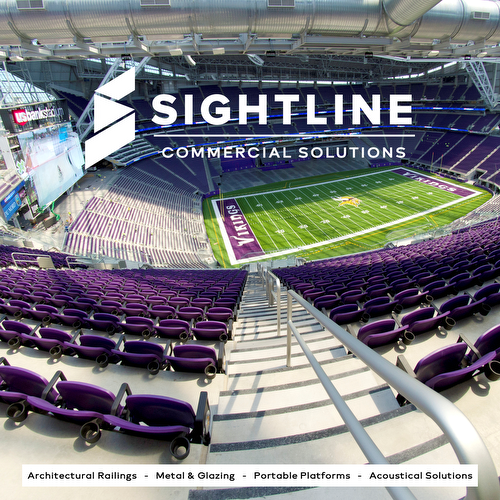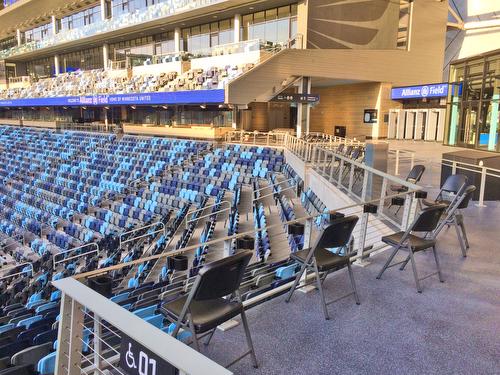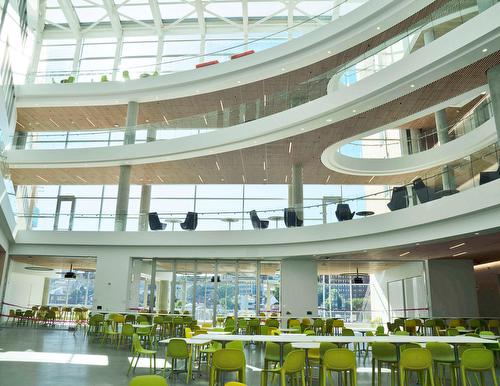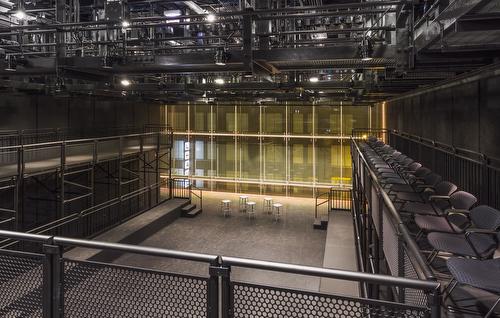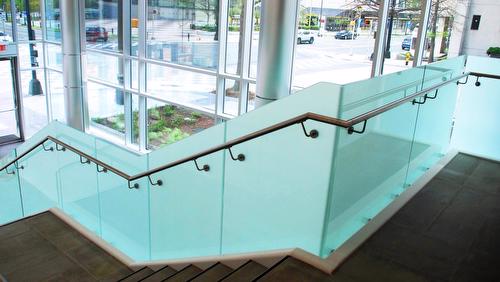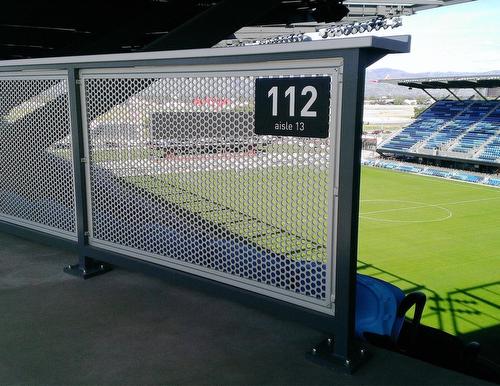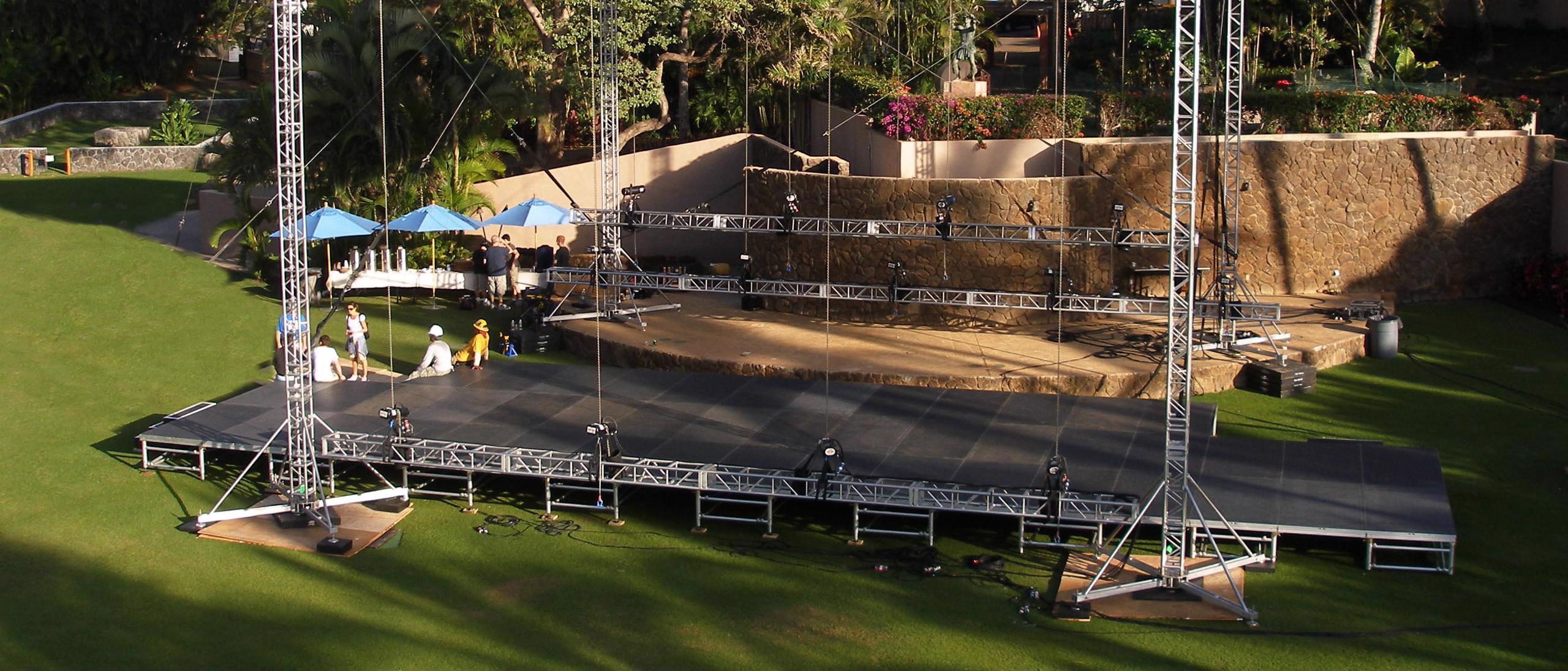

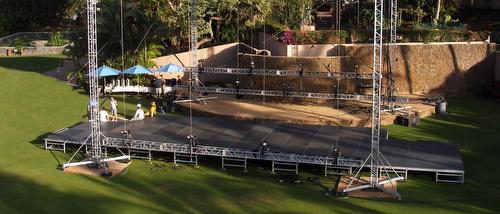
Maximizing Staging Flexibility & Functionality for Performance Spaces
Nov 13, 2023
There is no one-size-fits-all design to accommodate all the world’s staging needs. In fact, flexibility and multi-functionality have never been more in demand.
From theaters and banquet halls to educational facilities and arenas -- every venue, every group and every production has its own set of criteria and needs. Success often times literally rests upon the staging used to display a groups’ talents.
Stability and strength are critical, but portability and user-friendly convenience are also essential. Following are four trends that bring increased flexibility and functionality to performing arts spaces.
Modular Design
Staging – both permanent and portable – is becoming increasingly modular. Whether it’s to maximize the usability of an in-house space or facilitate ease and versatility for touring, flexible staging design is critical. Portable platforms historically used for temporary staging are increasingly being incorporated into permanent staging solutions to accommodate varying performance needs for theaters.
Case in point, my team at Sightline Commercial Solutions recently completed a modular stage design for the Museum of Modern Art (MOMA) in New York City. The design included the creation of staging for a new studio theater space that allows for 12 different configurations – ranging from proscenium and thrust to in-the-round – all using the same platforms and riser components.
Another high-profile example of a modular stage design is the Theater School at DePaul University in Chicago. This performing arts building houses the Fullerton Stage, a 250-seat thrust theater, as well as the Sondra & Denis Healy Theater, a 100-seat flexible black box theater. To maximize usability of the larger space, we customized a state-of-the-art stage trap that encompassed adjustable beams and a column support structure to allow for varying elevations of platforms and configurations. This flexibility allows for student designers to have more options for creating levels within the scenic elements on stage.
On a general level, flexible staging facilitates functionality by allowing a space to accommodate a variety of needs and activities. Many colleges and high schools are moving toward black box type theaters with modular staging that can quickly and easily convert the space from a classroom to a performance space. For instance, space can be used as a dance studio by day and transformed to be used as a theatrical performance venue by night.
The same goes for modular platforms. In the case of theaters, they can be used in a rehearsal room and then easily moved to an auditorium or gymnasium for performances. This flexibility also enhances portability which is essential because theater groups tend to travel and tour with their own risers and staging equipment. Stability and consistency are crucial for traveling shows to ensure the surface and structure is no surprise to the performers. For outdoor performances, weather-resistant and durable staging solutions are an option.
Increased Riser Heights
Staging plays a critical role in ensuring the visibility of all performers. With that in mind, it’s no surprise that there has been an increase in demand for choral risers with multiple levels and varying heights. While practical in theory, however, these new heights can present challenges.
We recently completed a project for a high school in Arkansas with a 48’ x 20’ stage. They came to us with a request for staging with risers in three heights (8”, 16” and 24”), each with an accessible ramp. What they hadn’t considered was the fact that as the risers get higher the accessible ramps must become longer to maintain building codes. Based on their original concept, the ramps required would have extended well into their permanent seating. Keeping in mind their initial vision and the parameters of the space, our team provided a number of alternate design scenarios for the school.
Reconfigurable Seating
Reconfigurable or flexible seating is a big trend right now with auxiliary spaces like black box theaters. It creates the ability to manipulate audience configurations and sight lines, and also enhances usability and profitability by enabling a space to accommodate different audiences and events while the main stage is not being used.
A core component of these versatile systems is demountable seating risers. These seating risers are designed for use during performances and can be reconfigured for other event types or removed and stored to open the floor space for alternative uses. Demountable risers provide many benefits including efficiency, reliability, and convenience, even with a limited staff managing the transitions.
For the previously mentioned Healy Theater at DePaul University, our team designed a flexible seating riser and mezzanine system that could be re-arranged into eight different configurations. The equipment and components are portable and flexible enough for designers to create unique environments and one-of-a-kind audience experiences for every production.
Similarly, when Lookingglass Theater Company opened its new home to the Water Tower Water Works Building on Michigan Avenue in downtown Chicago, our team employed our most flexible equipment for the theater’s two seating areas: the main floor and the balcony. The main floor required a seating riser that could have multiple configurations, and the balcony is removable and designed to be manipulated into various arrangements.
Custom Acoustical Shells
Just like reconfigurable seating, requests for custom acoustical shells are also on the rise. Acoustical shell systems, comprised of portable towers and flyable ceiling rows, help to create vibrant sounds on stage for the performers and reflect those sounds into the audience for optimal hearing. They are designed for easy transport and assembly and available in a wide array of high-pressure laminates and veneers to provide a dynamic aesthetic touch.
We installed an elaborate acoustical shell system in the performance venue at Southwest Christian High School in Chaska, MN. To comply with spacing restrictions within the auditorium, we custom designed a specialized system using two ceiling rows and nine towers. Not only does the shell system fit perfectly within the theater’s available space, its user-friendly design makes it easy for students and staff to maneuver.
For all staging equipment needs, safety of the performers and audience is of the upmost importance. No matter if the solution is a custom design or a product off the shelf, durable and structurally reliant components are essential. To find the right solution, seek out staging suppliers and manufacturers that understand and are aware of load capacities, lateral stabilities, and building codes. Look for a partner that has designers and engineers with backgrounds working in the performing arts, who speak the language, and can bring practical and behind-the-scenes experience and expert insight to the work they do.
It’s important to work in partnership with stage managers, production groups, designers and facility managers alike to anticipate all the different potential staging and seating needs a space or group may require upfront. If you have an idea, don’t feel restricted by space or equipment limitations. With all of the flexible and customizable options available today, it’s absolutely possible to achieve your vision.
About the Author
Mary Montgomery-Jensen is a Project Manager with Minneapolis-based Sightline Commercial Solutions. Formerly Trex Commercial and Staging Concepts, Sightline is a leading fabricator of architectural railing, metal, glazing and portable platform solutions with more than 30-years of expertise in designing custom solutions for all types of venues, from sports arenas and stadiums to performing arts spaces, educational facilities, hospitality settings and worship spaces. To learn more, visit www.sightlinecommercial.com.
